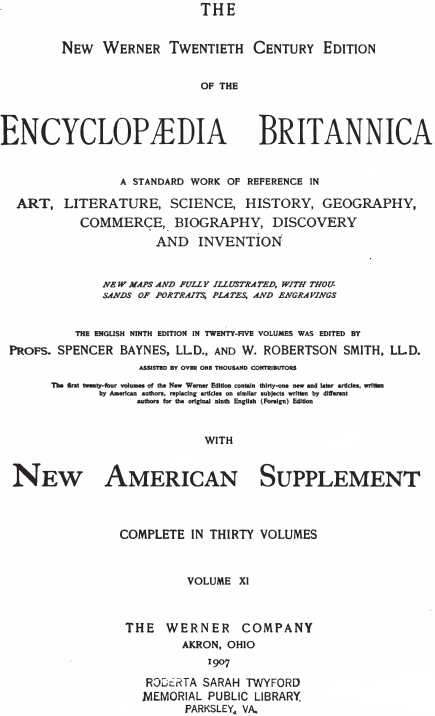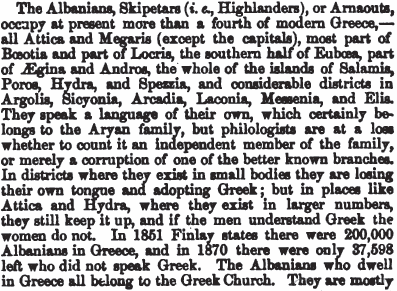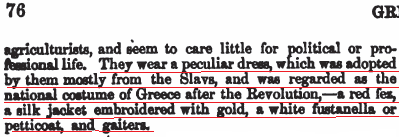And for the record the Albanian fustenella was influenced by the Macedonians
Collapse
X
-
Yea, it kind of destroys that Albanian myth in an instant.Originally posted by makedonin View PostAlbanians have many such influences
They talk about how the Mijak pants are pure ancient Illyrian pants and the damn Slavs took it from than, and than uppss you see the same pants in Poland
Leave a comment:
-
-

Мијачката машка народна носија:
1. Кошула - од тенко домашно памучно платно.
2. "Жамадан" - минтан од "свита" - чова, со капаци околу рабовите опточени со машински "тегели" од жолт и црвен конец од макара. Предниците и ракавите украсени со купечки "петлици" - копчиња.
3. "Бечви" - од бела клашна насекаде по рабовите украсени со црни гајтани, од страните имаат по два "жеба" - џеба, а напред кај "кутелецот" има два цепа за полесно облекување на бечвите.
4. Појас - исткаен од "чиста" - вишна волна, четворна ткаенина со прави шарки.
5. "Зобанче зетовско" - од темна или црна клашна. Горна облека долга до појас со "ќулавка" - широка јака која се употребува како засолница од лошо време, дожд, ветер и друго и куси "рокави" - ракави, терзиска изработка.
6. "Кече" - капа од црн сатен, украсено со "машински тегели", занаетчиска изработка.
7. "Чипили" - чевли од црна кожа. Чевларска изработка.
8. Чорапи - "ластиклии", плетени од црна волна.
Во овој дел користени со материјали од публикацијата "Македонски народни носии", во издание на Етнолошки музеј на Македонија, од 1963 година.Last edited by Bratot; 02-19-2009, 03:28 PM.
Leave a comment:
-
-
One of their 'oldest' customs is the 'Besa', which means giving a 'vow', 'pledge' or 'word', and is traditionally known for its use in inter-tribal blood feuds. In Old Slavonic the word Beseda means a 'word' or 'talk'.
Zakon in Albanian is 'rule', in Old Slavonic it is 'law'.
A very large portion of words in Albanian are either almost the same as Macedonian and/or Serbian, or a mutated version of the originally Slavonic word.
This was interesting:
Leave a comment:
-
-
Hey, maybe they were stealing young girls from Poland 1000 years ago as well.
Leave a comment:
-
-
Albanians have many such influences
They talk about how the Mijak pants are pure ancient Illyrian pants and the damn Slavs took it from than, and than uppss you see the same pants in Poland
Leave a comment:
-
-
Ha, nicely put.Originally posted by Pelister View PostNew Greeks basing their national costume on an Albanian dress only to discover the Albanian got it off the various Macedonian and Illyrian (Slavic) tribes of the region.
It's all starting to make sense.
Leave a comment:
-
-
New Greeks basing their national costume on an Albanian dress only to discover the Albanian got it off the various Macedonian and Illyrian (Slavic) tribes of the region.
It's all starting to make sense.
Leave a comment:
-








 that means that looking past the Albanianess of it all,,,the modern "greek" national costume is actually Slavic in influence
that means that looking past the Albanianess of it all,,,the modern "greek" national costume is actually Slavic in influence 
Leave a comment: